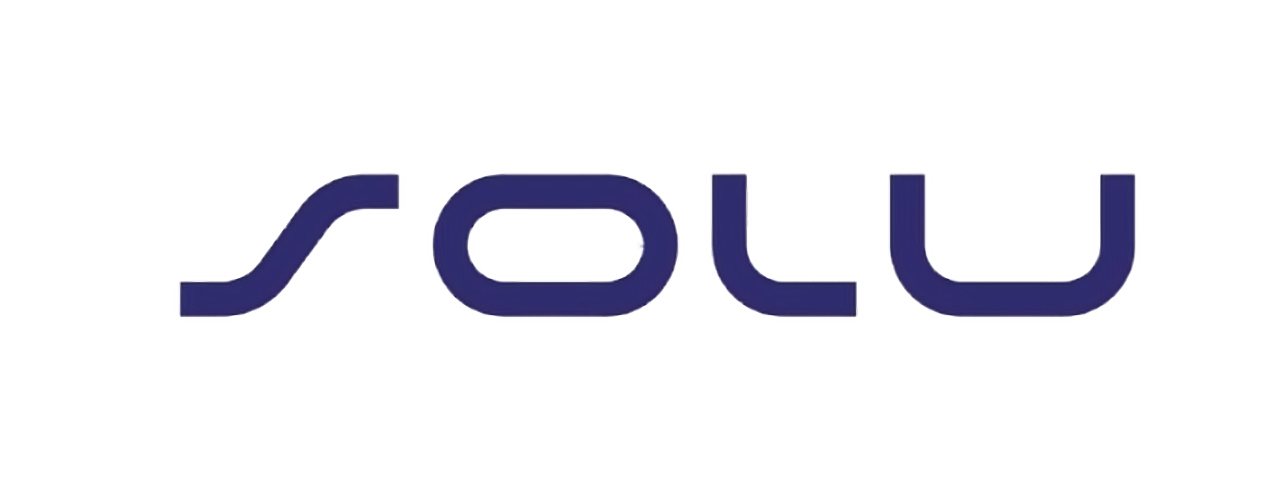
How Technology is Transforming the Future of Education Around the World
Technology has revolutionized many aspects of our lives, and education is no exception. In recent years, there has been a surge in the use of technology in classrooms, and this trend is only expected to continue in the future. There are many different ways that technology is being used to improve oeducation. Some of the most common applications of technology in education, include:
• Online Learning
Online learning platforms allow students to take courses from anywhere in the world, at their own pace. This can be a great option for students who are not able to attend traditional brick-and-mortar schools, or who want to learn at a faster or slower pace than is typically possible in a classroom setting.
• Educational Apps
There are a wide variety of educational apps available that can help students learn new concepts, practice skills, and prepare for tests. These apps can be used on computers, tablets, and smartphones, making them a convenient and portable way to learn.
• Gamification
Gamification is the use of game-like elements in non-game contexts. In education, gamification can be used to make learning more engaging and motivating for students. For example, teachers can use points, badges, and leaderboards to reward students for their progress.
• Virtual reality (VR) and Augmented Reality (AR)
VR and AR are immersive technologies that can transport students to new places and experiences. In education, VR and AR can be used to create simulations, field trips, and other interactive learning experiences.
• Artificial Intelligence (AI)
AI is being used to develop intelligent tutoring systems that can personalize learning for each student. AI can also be used to grade assignments, provide feedback, and identify students who are struggling.
The Benefits of Using Technology in Education
There are many potential benefits to using technology in education. Some of the most commonly cited benefits include:
• Increased Student Engagement
Technology can make learning more engaging and interactive for students. This can lead to increased motivation and interest in learning.
• Improved Student Outcomes
Studies have shown that students who use technology in the classroom can achieve higher academic outcomes.
• Personalized Learning
Technology can be used to personalize learning for each student. This means that students can learn at their own pace and in a way that is most effective for them.
• Increased Access to Education
Technology can make education more accessible to students who live in rural areas or who have disabilities.
• Preparation for the Future
Technology is becoming increasingly important in the workplace. By using technology in the classroom, we can help students prepare for the future.
• The Challenges of Using Technology in Education
Despite the many benefits, there are also some challenges associated with using technology in education. Some of the most common challenges include:
• The Cost of Technology
Technology can be expensive, and not all schools have the resources to afford it.
• Digital Divide
Not all students have equal access to technology. This can create a digital divide that disadvantage students from low-income families and rural areas.
• Teacher Training
Teachers need to be trained on how to use technology effectively in the classroom. This can require additional time and resources.
• The Potential for Distraction
Technology can be distracting, and students may use it for non-educational purposes during class time.
• Privacy Concerns
There are concerns about the privacy of student data when technology is used in the classroom.
The Future of Technology in Education
Despite the challenges, the future of technology in education is bright. As technology continues to develop, we can expect to see even more innovative and effective ways to use it to improve education. Here are some of the trends that are expected to shape the future of technology in education
• The Continued Growth of Online Learning
Online learning is becoming increasingly popular, and this trend is expected to continue in the future. This is due in part to the increasing affordability and accessibility of online learning platforms.
• The Increasing Use of AI
AI is being used to develop intelligent tutoring systems that can personalize learning for each student. AI can also be used to grade assignments, provide feedback, and identify students who are struggling.
• The Emergence of New Technologies
New technologies, such as VR and AR, are emerging that have the potential to revolutionize education. These technologies can be used to create immersive learning experiences that can help students learn more effectively.
Technology has the potential to transform education and make it more accessible, engaging, and effective for all students. However, it is important to use technology in a way that is thoughtful and intentional. We need to ensure that all students have access to technology, and that teachers are trained on how to use it effectively. We also need to be mindful of the potential for distraction and privacy concerns.
Share:
Request A Call Back
Your next big leap starts with a simple conversation, let's sparks the next big idea together







